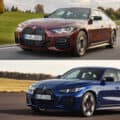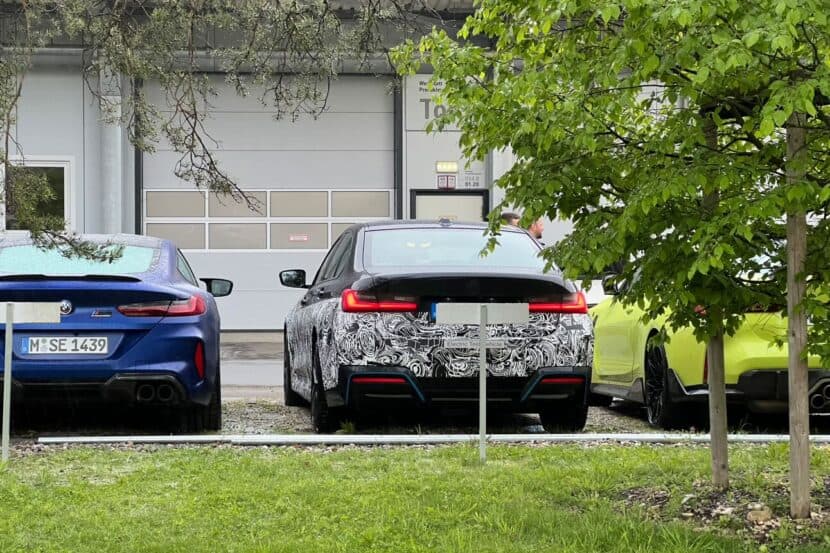Earlier today InsideEVs reported that the California Center for Sustainable Energy (CCSE) has recently updated its website that the BMW i3 with range extender does not qualify for the clean vehicle rebate program (CVRP).
The CCSE is a San Diego nonprofit, which administers one of the key programs the Air Resources Board established to further its mission, and reduce vehicular emissions levels in California.
The topic has been highly debated before so to get some clarity around this we reached out to BMW of North America for a statement:
The California Air Resources Board (CARB) has not yet completed the certification process for the i3 with Range Extender, as a result, the BMW i3 with Range Extender does not currently appear on CARB’s list of eligible vehicles. CARB will update its list as soon as the certification has been completed.
Eligible Plug-in hybrid electric vehicles (PHEV) from other manufacturers have qualified for the green HOV lane sticker. These have the same access and expiration date as the whiter sticker, however, the total number of eligible green stickers is limited.
The BMW i3 Battery Electric Vehicle has been certified for the white HOV lane sticker for use in California by the California Air Resources Board (CARB). The white stickers are reserved for pure zero GHG emission vehicles. They are now valid until January 1, 2019. The i3 Battery Electric Vehicle does appear on the CARB website on the list of eligible vehicles.
Customers with questions may contact BMW Customer Relations at 1-855-236-1025, or email CustomerRelations@bmwusa.com.
Furthermore, here is what InsideEVs has to say on the topic:
The rebate program is an important driver of adoption for plugin vehicles, and if the BMW i3 REx did not qualify, this will very likely impact the decision-making process for prospects. While some buyers might be able to switch to the pure electric trim, others could decide to go with a different vehicle altogether. Although the clean vehicle rebate is important, other programs, such as single-occupant access to HOV and HOT lanes, could be even more significant.
The qualification criteria for both HOV stickers and the rebate hinges on one common denominator: Advanced Technology-Partial Zero Emissions Vehicle (AT-PZEV) or Transitional Zero-Emission Vehicle (TZEV) certification. After all, these vehicles are supposed to help us make the air cleaner, and not the other way around. To that end, the Air Resources Board requires all auto manufacturers to submit a vehicle for certification and testing, which can take several weeks. It’s important to note that if a new car model is purchased before it was added to the list of eligible vehicles, it will not qualify for any benefit under the CVRP program.
Stay tuned as the story develops!





































































